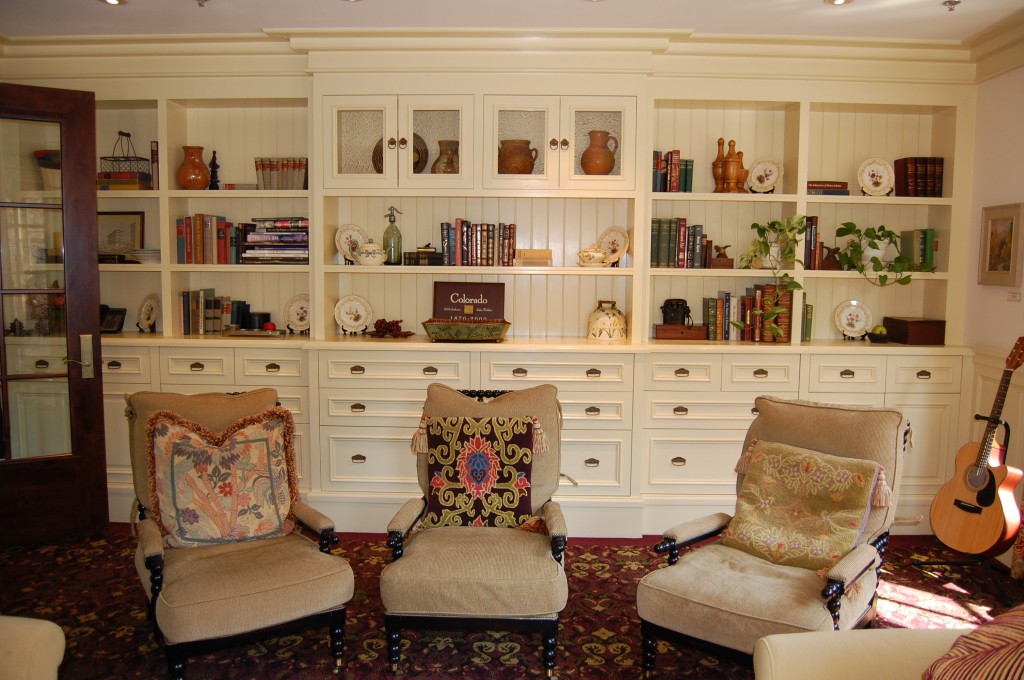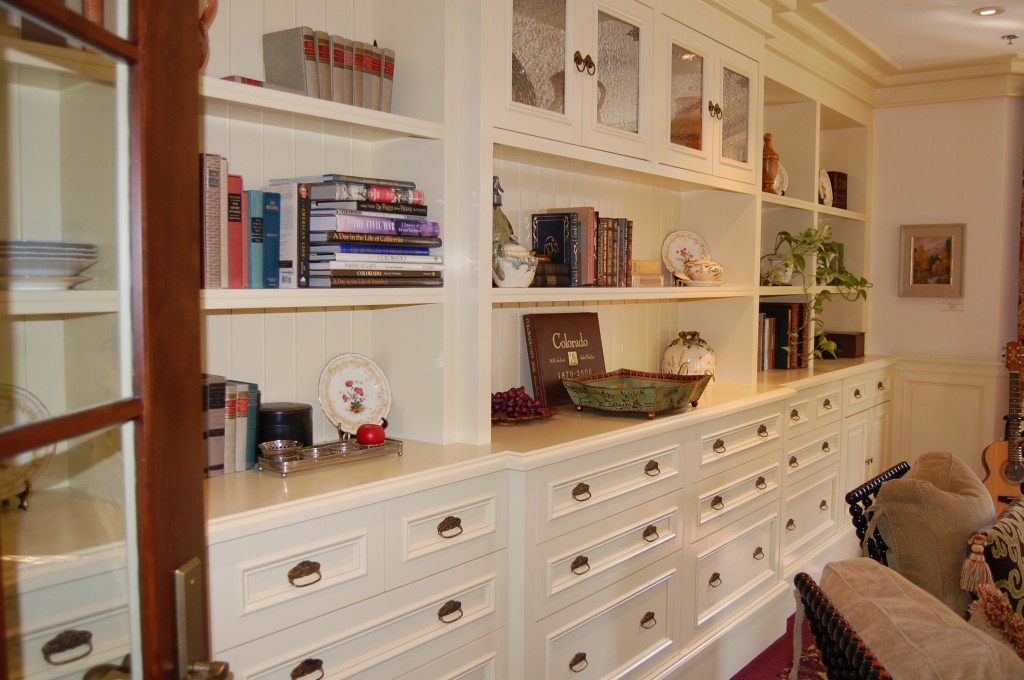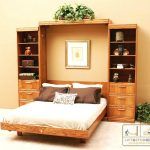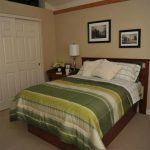10 Crown Molding Design Ideas
Crown molding is not a necessity, but a decorative finishing touch to help complete the look of a room. It is available in an array of styles and can drastically change the appearance of any room.
Crown molding can form a decorative band anywhere on a structure. It is perfect for a custom mantle, or for a more dramatic look, frame the entire fireplace. Use crown molding to create a whole new look to an old fireplace.
Federal style crown molding features small indented lines called beading and concave shapes called cavetto. These simple, elegant features, when done in neutral colors of the same hue as the walls and ceiling help a low ceiling room feel more voluminous.

Colonial Revival crown molding is a crisp, clean look that is a mixture of bold Greek Revival and a light Federal style for the best of both styles. It is often reserved for the nicest room of the home.
Dentil molding contains a series of closely spaced, rectangular blocks that form the molding. When used on the outside of a building, dentil molding usually projects below the cornice, along the roofline.
Functionally, a chair rail is used to prevent chairs or other furniture from scratching or damaging the walls. Traditionally these rails start approximately one third of the way up a wall. You may be surprised at how installing these strips of crown molding can change the look of a room. They can add dimension and drama. A horizontal line of chair rail molding can help to break up a bold wall color or separate two different wall colors. The rail can also serve as a defining line between a solid wall color and a textured, sponge-painted or wallpapered area.
Baseboards, crown molding and chair molding often are the same color, but painting each a different hue can liven up a room.
Greek Revival crown molding in a natural wood tone can be matched to natural wood tone cabinets in a kitchen or an armoire in a bedroom to create a cabin motif.
In a home with smaller scale rooms and lower ceilings, rather than using crown molding along the ceiling, which may create a crowded look, try framing the kitchen cabinets with a Classical Revival crown molding. This is a good window treatment as well. Used with a small valance at the top, it allows more light which also helps to enlarge the look of a room. Moreover, Classical Revival crown molding can be used in a more dramatic décor to top windows and French doors and is especially attractive when echoing the complementing crown molding along the ceiling.

Finally, crown molding can be used for functional reasons, while enhancing beauty in the process. The use of molding makes the job of finishing new drywall faster and easier by eliminating the need for taping and finishing seems along the ceiling. Rather than repairing or replacing damaged drywall, molding can hide flaws, such as hiding gouges from furniture with a chair rail.
Coffering can serve as more than adornment, it can be added to help preserve a plaster ceiling from water damage and cracks. The term coffer comes from a French word meaning basketlike or boxlike. Historically, coffering was used due to structural needs. As support beams they were used to move ceiling loads outward on a wider span. These beams created an attractive architectural appearance, and are often used today simply for adornment.
 Guest Blog Written By: Bob Jenkins
Guest Blog Written By: Bob Jenkins
Budget My Build
19827 N 30th St.
Phoenix, AZ 85050
Office: (602) 493-5980
Email: bob@budgetmybuild.co







